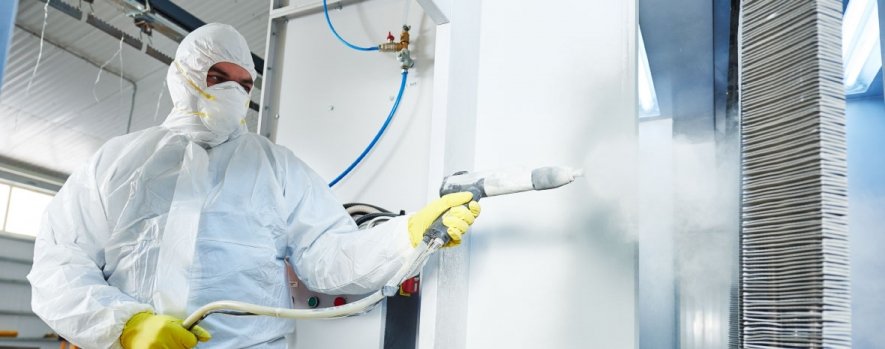FFP2 masks are a type of respiratory protection designed to filter out harmful airborne particles, including dust, smoke, and microorganisms. They are most commonly used in healthcare settings, but they can also be used in other industries that expose workers to airborne hazards such as spray painting.
The question is whether an FFP2 mask is suitable for spray painting. The short answer is “yes,” but it also depends on the type of paint being used and the conditions under which the painting is being done.
Spray painting involves mixing paint with a solvent, such as turpentine or mineral spirits, and spraying it through a nozzle onto a surface. This process produces a fine mist of paint particles that can be inhaled, potentially causing respiratory health problems.

It is essential to choose the right personal protective equipment (PPE) to protect the user from these harmful particles. A mask that is not designed for spray painting will not provide adequate protection, which can lead to a range of negative health effects.
When it comes to FFP2 masks, they provide a high level of respiratory protection against particles such as those generated during spray painting. According to the European Respiratory Protection standard EN 149:2001+A1:2009, FFP2 dust masks must filter out at least 94% of particles that are 0.3 microns in diameter or larger.
However, it is important to note that FFP2 masks are not designed to provide protection against vapors or gases. Therefore, if the paint being used emits fumes, workers will need additional PPE, such as a respirator that is equipped with charcoal or other filters that can absorb and remove these fumes.
Moreover, if the painting is done in poorly ventilated areas, it can expose workers to higher concentrations of harmful particles and fumes. It is essential to ensure that the painting area is properly ventilated to reduce the risk of inhalation of toxic substances.
In conclusion, FFP2 masks are suitable for spray painting, but they should be used correctly and in conjunction with other necessary PPE depending on the type of paint being used. It is important to note that FFP2 masks are not a substitute for other safety measures, such as proper ventilation and safety goggles.

In addition, workers should not rely solely on FFP2 masks to protect them against harmful particles and fumes. It is also important to follow good hygiene practices, such as washing hands frequently, and to seek medical attention if symptoms arise after exposure to spray painting fumes or particles.
Overall, FFP2 masks are an essential part of personal protective equipment for spray painting. They provide respiratory protection against harmful particles, but workers must also take other necessary safety precautions to prevent exposure to other hazards associated with spray painting.


